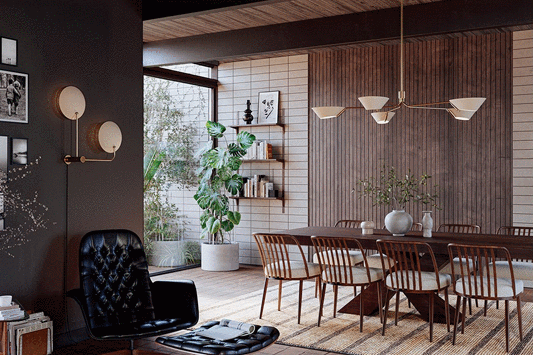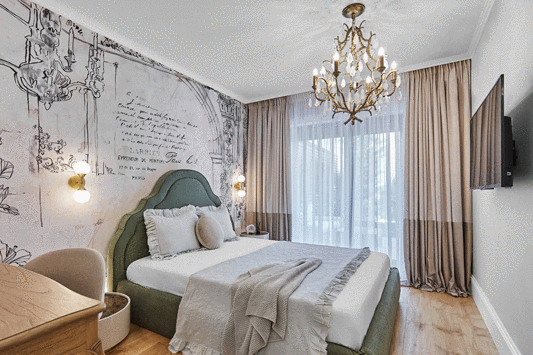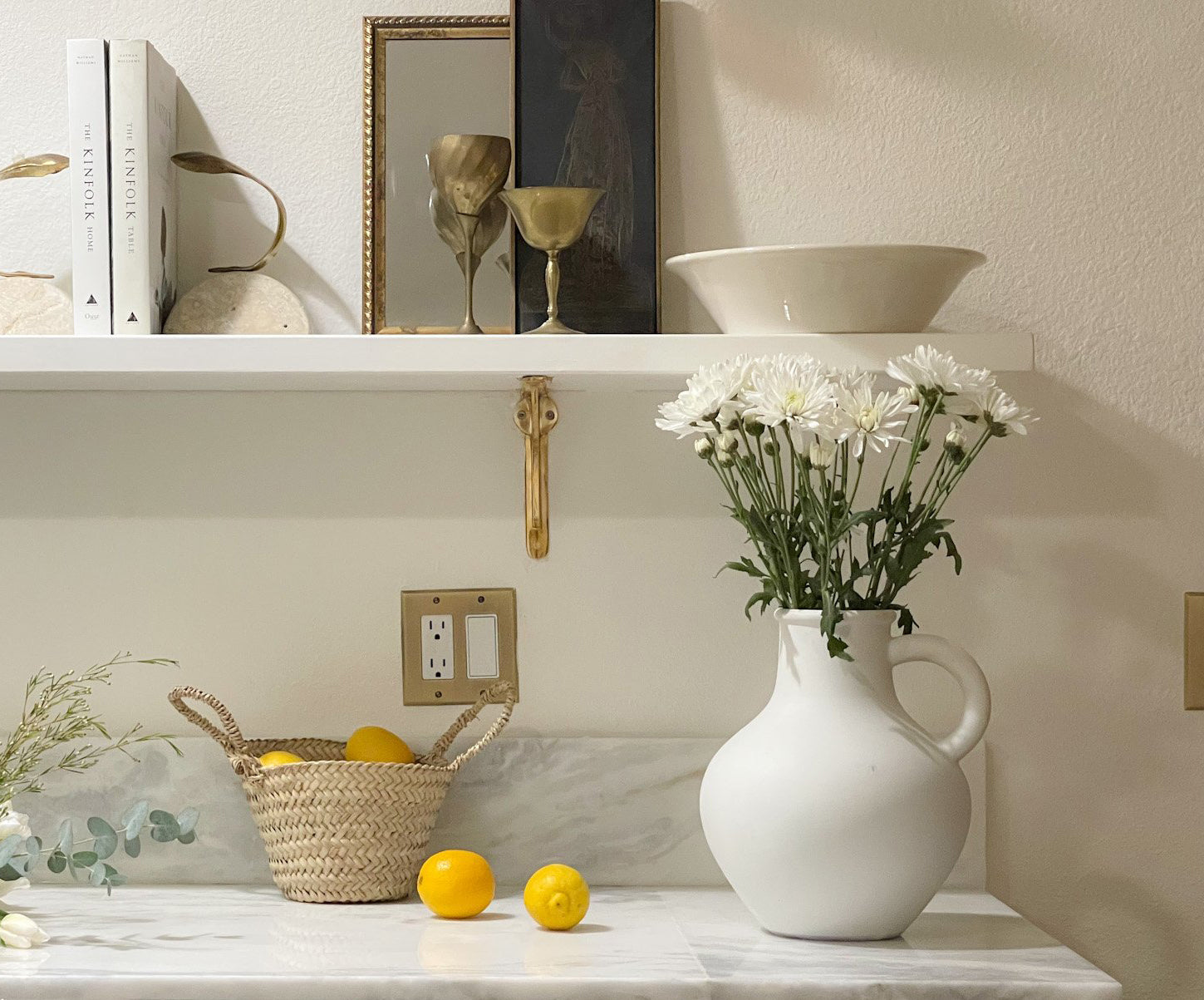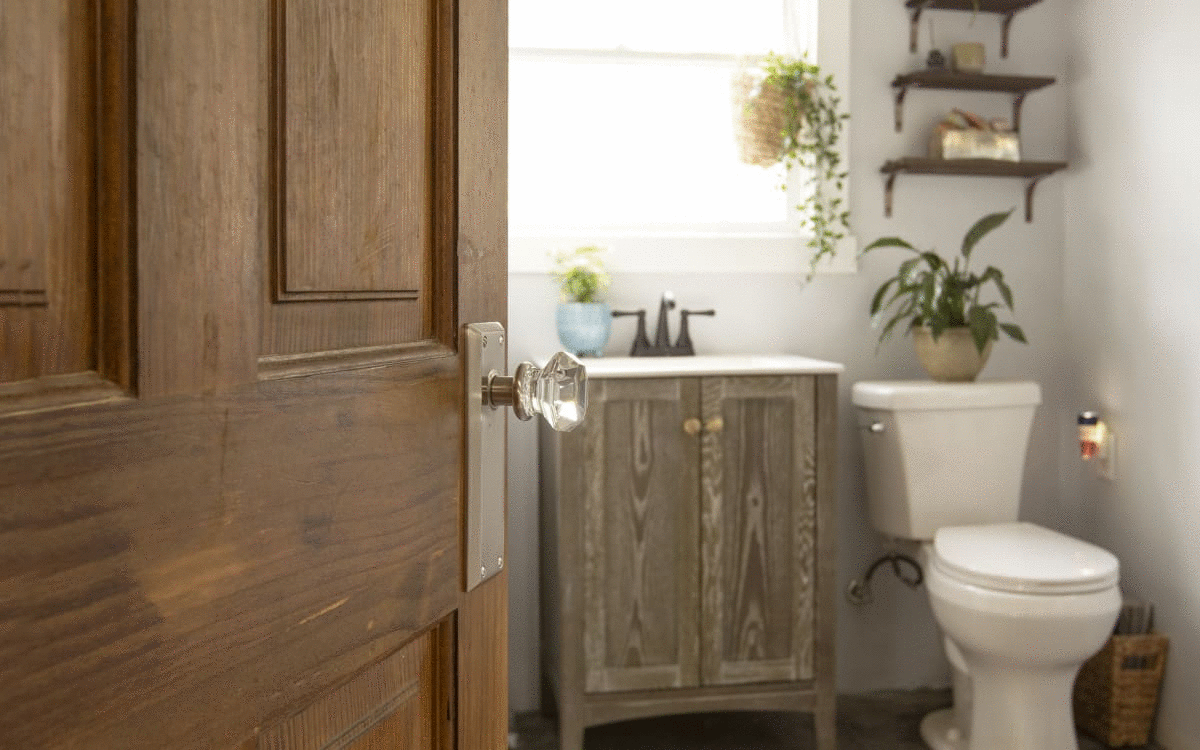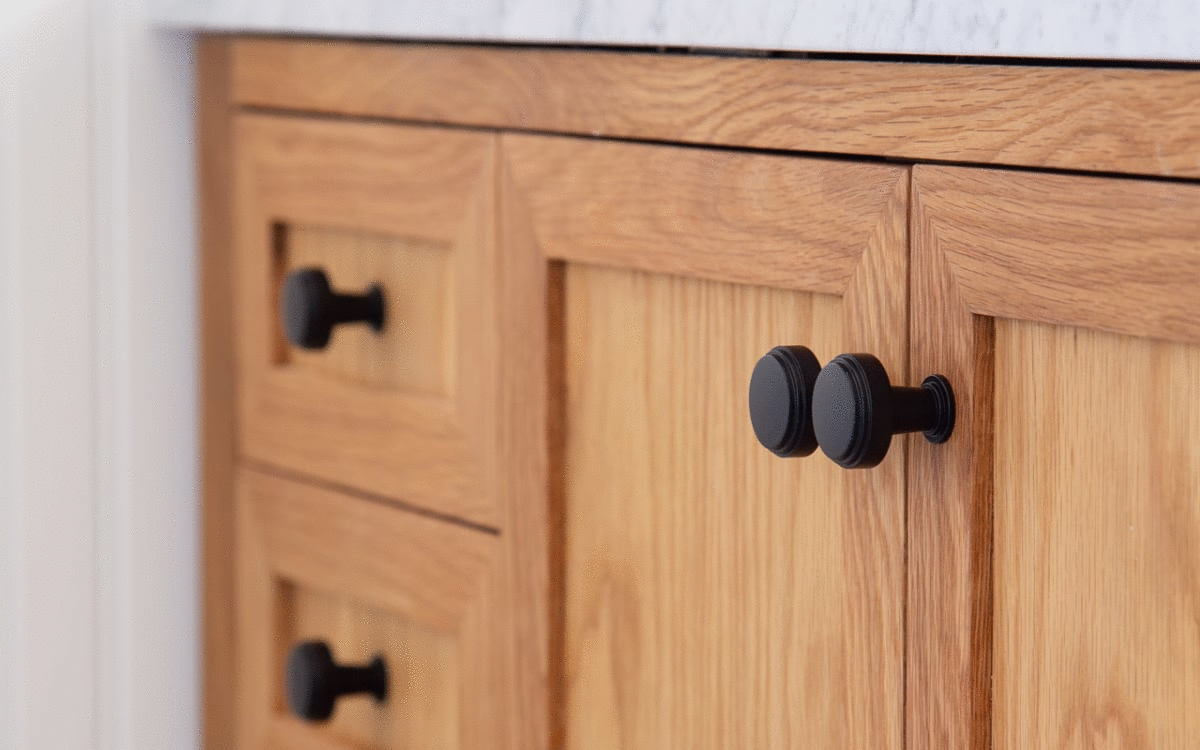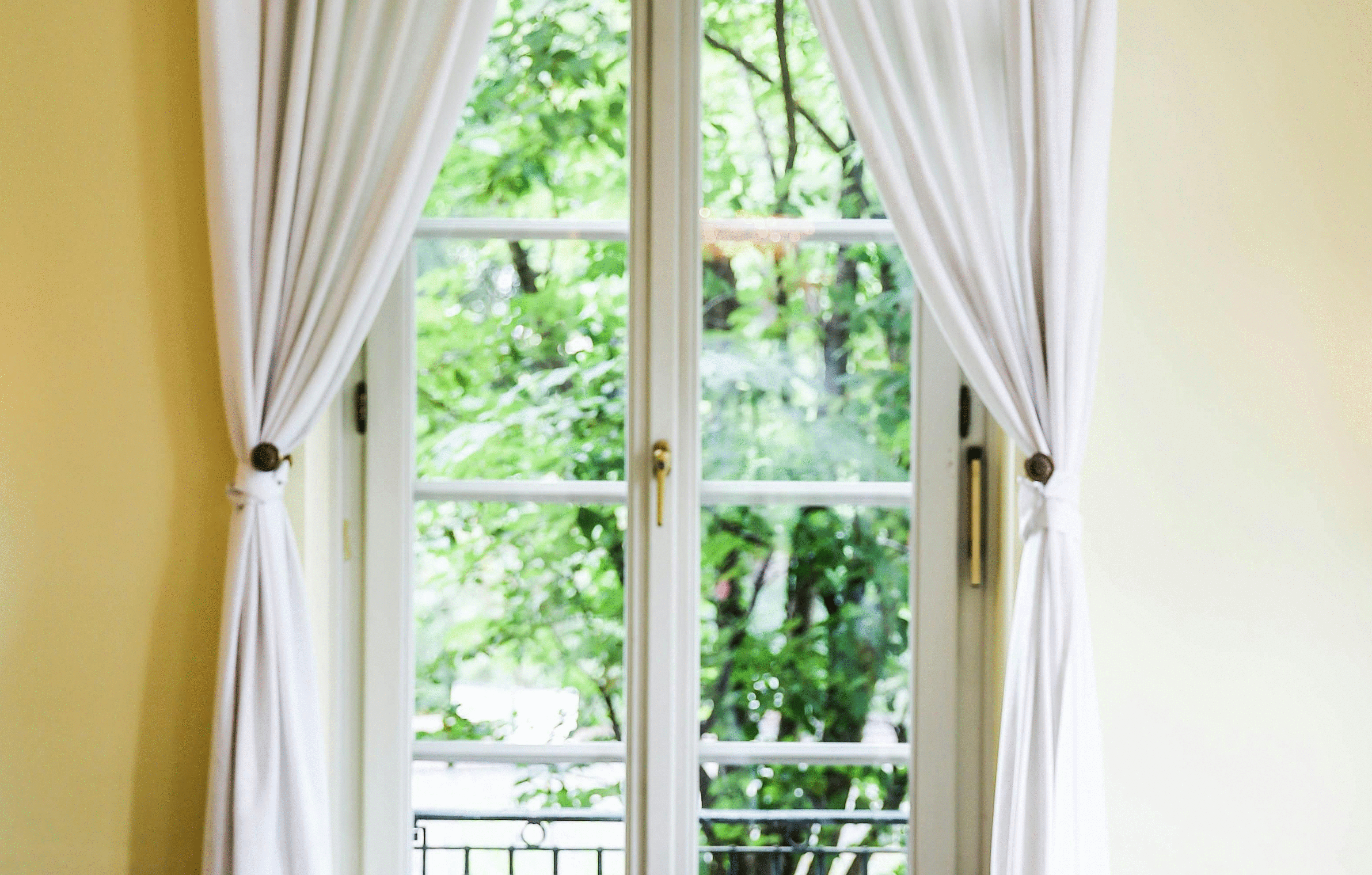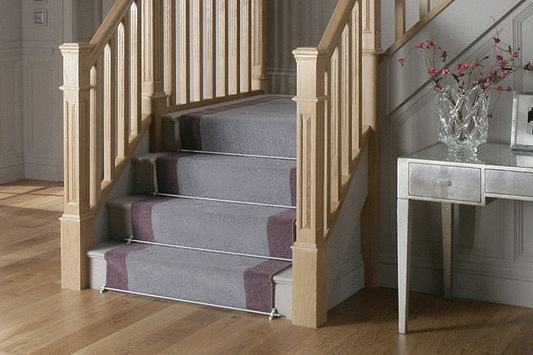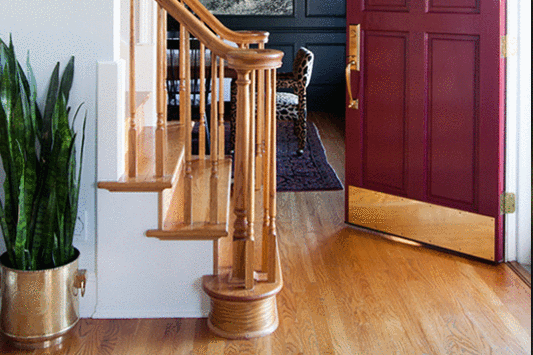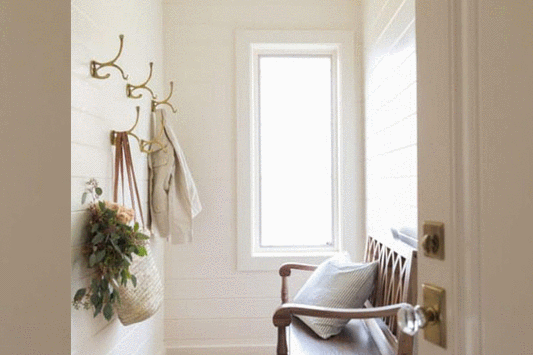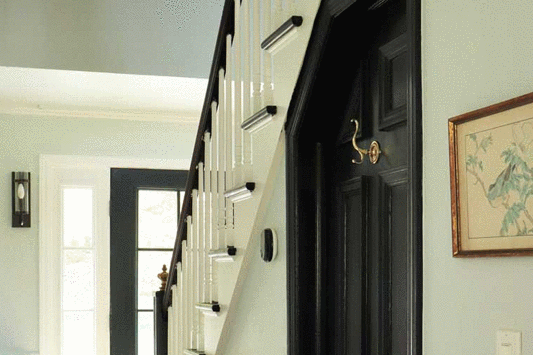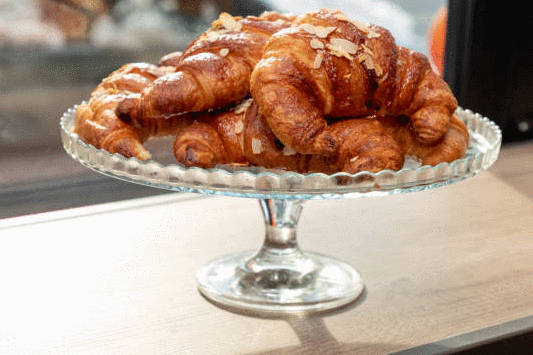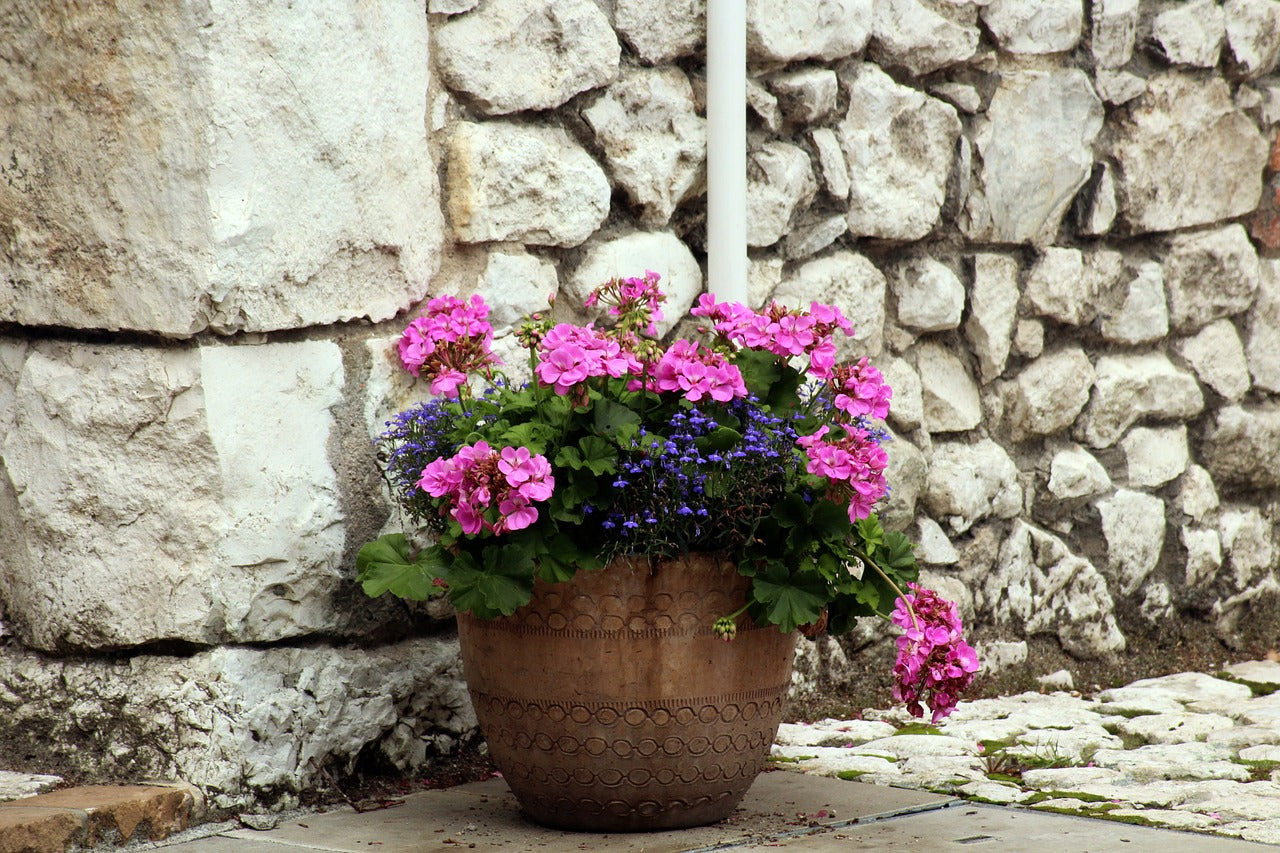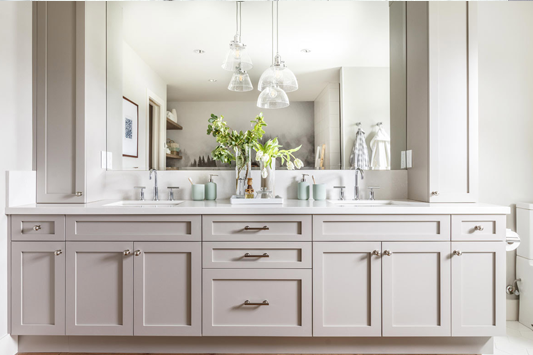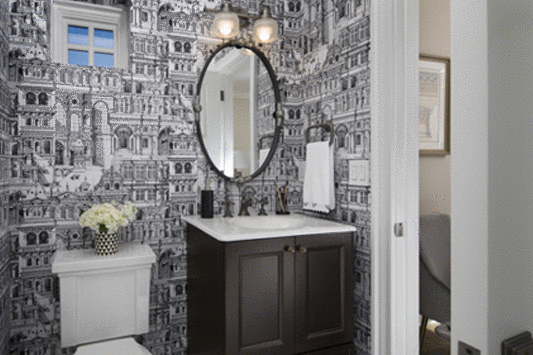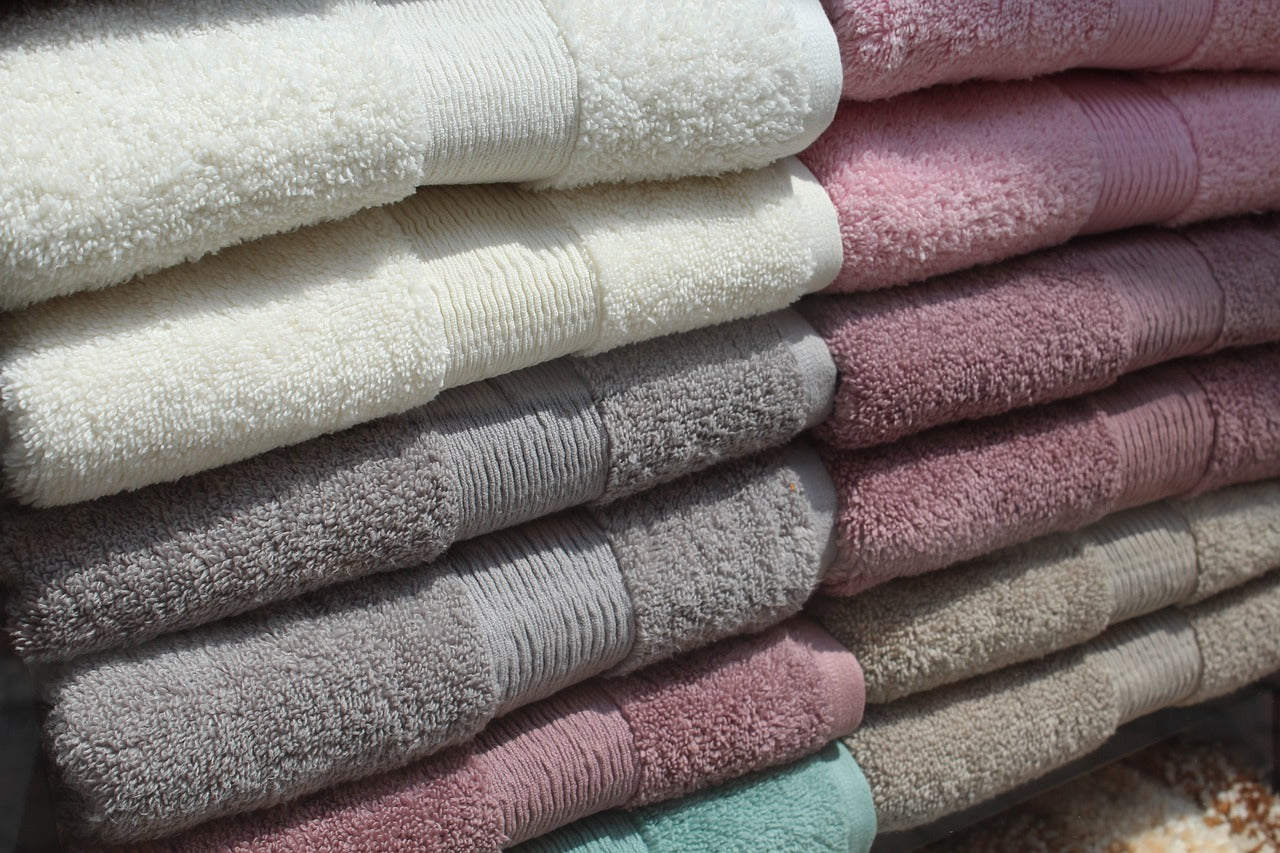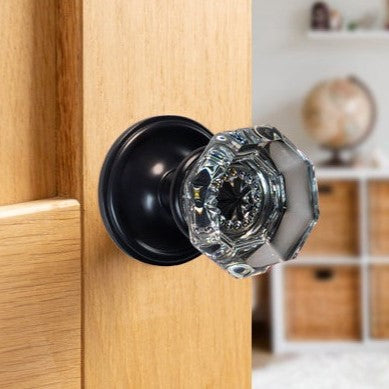Louis XV Style Furniture

Louis XV Style Furniture & Hardware Used
Louis XV furnishings are those produced during the troubled reign of the French king by the same name, the Bourbon king Louis XV who lived from 1710 to 1774. The Louis XV style is also called “Louis Quinze.” It includes some of the best examples of the Rococo style and some of the most beautiful hardware ever used in furniture design.
|
|
|
|
 |
 |
 |
The Louis XV furniture style owes much of its remarkable attention to detail and craftsmanship to a business that was nationalized under the rule of Louis XV’s great-grandfather, Louis XIV. In 1662, on behalf of the Louis XIV, minister of finance Jean Baptiste Colbert purchased a tapestry factory owned by the Gobelin family. The factory was established as the Manufacture des Gobelins, producing furniture as well as tapestries for royal use. This establishment provided a standard of excellence to which guilds of the era could aspire, promoting fine workmanship and creativity.
By the time that Louis XV assumed the throne, the Baroque style of furniture favored by Louis XIV was falling out of favor. While Baroque furnishings had been built to impress, with grand, palatial and symmetrical proportions, Rococo furnishings took a more lighthearted approach to furniture design while at the same time focusing intensely on craftsmanship. The use of elaborate decorative hardware was extensive during this period and to a great extent, defines the Louis XV style.
|
|
|
|
 |
 |
 |
Louis XV furniture is light and elegant, with curving forms throughout. In contrast to Baroque furniture, carving, marquetry and mounts in Louis XV furniture are not simply ornamental but integral to the piece’s overall design. A cabriole leg, for example, might have gilded brass mounts that conform to the curves of the wood. Goldsmiths and bronzesmiths were as important to the era as the talented “ébénistes,” or cabinetmakers of the period.
The furniture-making process was divided among various guilds. Key cabinetmakers of the Louis XV period include Alexandre Oppenordt, Jean-François Oeben, Pierre Gole, Roger Vandercruse Lacroix and Martin Carlin. The ébénistes worked with “menuisiers” who carved the furniture and with foundrymen who applied decorative and functional hardware to the pieces.
|
|
|
|
 |
 |
 |
Louis XV hardware is distinctive both in design and in construction. Designs reflected an idealized natural world as well as the realm of gods and goddesses. Shell designs, leafage and floral motifs dominated. Pulls and knobs were often framed in ornamental mounts. Escutcheons, mounts that surround key holes to protect them, became highly elaborate in the Louis XV era. Metal work was often applied asymmetrically to emphasize the sinuous, curvaceous style of Louis XV furnishings.
Louis XV furnishings feature ormolu hardware decoration. Ormolu uses a process commonly called fire gilding. A solution of mercury and gold was applied to copper, brass or bronze hardware and then fired to burn off the mercury. The resulting effect made the pulls, knob, escutcheons and mounts on the furniture sparkle and gleam. Over time, the hardware acquires a rich patina. Today, both shiny, glossy finishes and matte finishes with depth and dimension complement the Louis XV style.
|
|
|
|
 |
 |
 |
Highly detailed copper, brass, bronze and gold hardware and mounts were not simply accents to furnishings of the Louis XV decorative era but were often the star attraction of the piece. While furniture was rich in marquetry and veneers, using fine and exotic woods like ebony, tulip wood, and walnut, it's the hardware that makes Louis XV furnishings shine with distinctive style.


